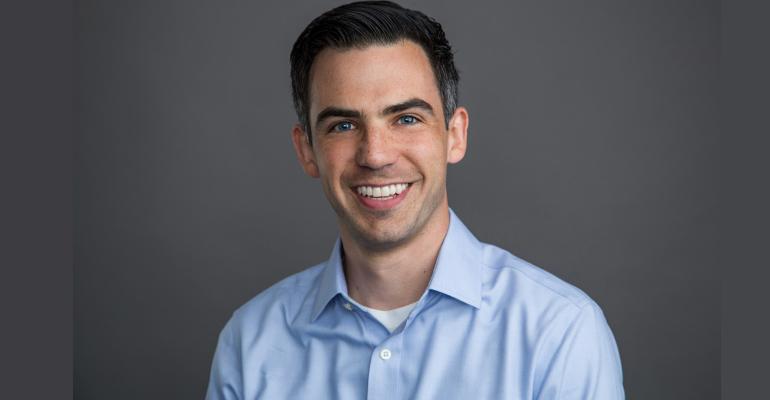Andrew Leitch
Vice President, Operations
Greater Public
For leading bold changes in attendee-needs research and educational formatting that led to a major bump in participant satisfaction
Making Change
Our 2017 Public Media Development and Marketing Conference was kind of a low year for attendance, and a major partnership that had paused was looking to start up again. It was time to re-envision our conference, and we wanted to start things off on the right foot with our partner and define our future together.
The biggest thing we did right away was to define and clarify our target audience. Once we did that, my colleagues who work on the content side built a list of organizations that fit the criteria of our key customers. They then called them to ask, “What do you need from us?” That allowed us to decide on the themes we wanted to focus on for our next event.
Once we had the topics, we set a goal of making 30 percent of each session interactive. In some cases, that meant changing up the whole format. The expectation was that the standard of a three-person panel of talking heads, followed by a 15-minute Q&A, didn’t work anymore. Instead, we created very interactive, very work-intensive sessions. People would break into small groups and do the things they did on the job, including copywriting and editing. We also revamped our newcomer event and gave everyone in the room a special name tag that said, “This is what I can offer, and this is what I need.” Again, it helped facilitate discussions about real problems our attendees were searching for solutions to.
The format went over very well, leading to a Net Promoter score increase from 27 to 35 and a surge in conference revenues. That was a big jump for us.
What’s Next?
For the next conference, we’re really focused on mixing up our plan for receiving feedback. We’re going to implement a new framework to understand what parts of the attendee experience are driving promoters and detractors. In the past, we’ve collected such a big mountain of general information that it was hard to use to make better investments, pick better sites, or target certain attendees. It’s about asking specific, open-ended questions, like, “What parts of your experience would you recommend? How would you make X or Y better?” We want our attendee feedback to become much more actionable.
Advice to Peers
You don’t have to blow everything up to make it better. The idea of continuous improvement is very, very powerful. If you have a disciplined way of figuring out why you missed the mark and then do it better the next time, that can be a very effective strategy. If you take that approach, it’s a lot less likely that you’re going to have a big, “Oh my gosh, everything has to change now!” moment that will really freak people out. Make change part of your everyday process and it will be easy to manage.





